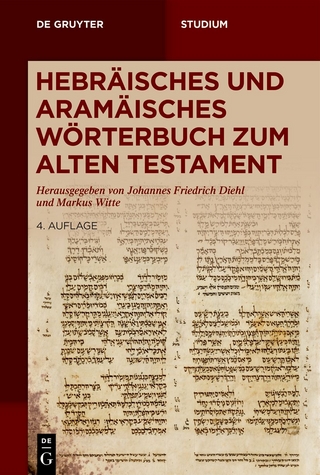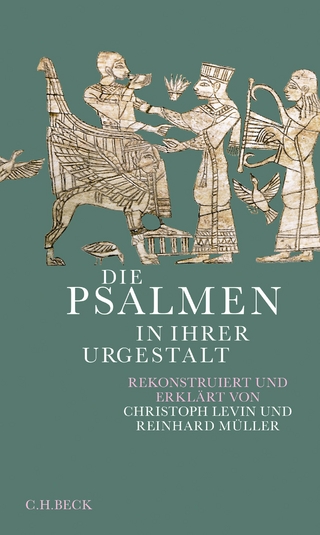
The Letters of Paul in their Roman Literary Context
Reassessing Apostolic Authorship
Seiten
2024
Cambridge University Press (Verlag)
978-1-009-48705-4 (ISBN)
Cambridge University Press (Verlag)
978-1-009-48705-4 (ISBN)
- Noch nicht erschienen (ca. Januar 2025)
- Versandkostenfrei innerhalb Deutschlands
- Auch auf Rechnung
- Verfügbarkeit in der Filiale vor Ort prüfen
- Artikel merken
This study argues that the seven letters of Paul, widely assumed as authentic, should be reclassified as pseudonymous. Nina E. Livesey suggests that authors of Pauline letters exploited the letter genre for its rhetorical benefits to promote disciplinary teachings, and dates the letters' emergence to the mid-second century.
Since the late-nineteenth century, scholars have all but concluded that the Apostle Paul authored six authentic community letters (Romans, 1 and 2 Corinthians, Galatians, Philippians, and 1 Thessalonian) and one individual letter to Philemon. In this book, by contrast, Nina E. Livesey argues that this long-held interpretation has been inadequately substantiated and theorized. In her groundbreaking study, Livesey reassesses the authentic perspective and, based on her research, reclassifies the letters as pseudonymous and letters-in-form-only. Like Seneca with his Moral Epistles, authors of Pauline letters extensively exploited the letter genre for its many rhetorical benefits to promote disciplinary teachings. Based on the types of issues addressed and the earliest known evidence of a collection, Livesey dates the letters' emergence to the mid-second century and the Roman school of Marcion. Her study significantly revises the understanding of Christian letters and conceptions of early Christianity, as it likewise reflects the benefit of cross-disciplinarity.
Since the late-nineteenth century, scholars have all but concluded that the Apostle Paul authored six authentic community letters (Romans, 1 and 2 Corinthians, Galatians, Philippians, and 1 Thessalonian) and one individual letter to Philemon. In this book, by contrast, Nina E. Livesey argues that this long-held interpretation has been inadequately substantiated and theorized. In her groundbreaking study, Livesey reassesses the authentic perspective and, based on her research, reclassifies the letters as pseudonymous and letters-in-form-only. Like Seneca with his Moral Epistles, authors of Pauline letters extensively exploited the letter genre for its many rhetorical benefits to promote disciplinary teachings. Based on the types of issues addressed and the earliest known evidence of a collection, Livesey dates the letters' emergence to the mid-second century and the Roman school of Marcion. Her study significantly revises the understanding of Christian letters and conceptions of early Christianity, as it likewise reflects the benefit of cross-disciplinarity.
Nina E. Livesey is Professor of Religious Studies, Emerita at the University of Oklahoma. She is author of Circumcision as a Malleable Symbol (2010) and Galatians and the Rhetoric of Crisis (2016).
Introduction: challenging a prevailing paradigm; 1. The press toward the authentic-letter perspective; 2. Paul, pauline communities, and genuine correspondence; 3. Seneca's moral epistles and pauline letters as teachings; 4. Pauline letters as second century school-setting compositions; Epilogue; Appendix; Bibliography; Index.
| Erscheint lt. Verlag | 31.1.2025 |
|---|---|
| Zusatzinfo | Worked examples or Exercises |
| Verlagsort | Cambridge |
| Sprache | englisch |
| Themenwelt | Literatur ► Klassiker / Moderne Klassiker |
| Religion / Theologie ► Christentum ► Bibelausgaben / Bibelkommentare | |
| ISBN-10 | 1-009-48705-1 / 1009487051 |
| ISBN-13 | 978-1-009-48705-4 / 9781009487054 |
| Zustand | Neuware |
| Haben Sie eine Frage zum Produkt? |
Mehr entdecken
aus dem Bereich
aus dem Bereich
Buch | Softcover (2021)
De Gruyter (Verlag)
29,95 €
wie wir uns unsere spirituelle Heimat zurückholen
Buch | Hardcover (2024)
Patmos Verlag
20,00 €


